



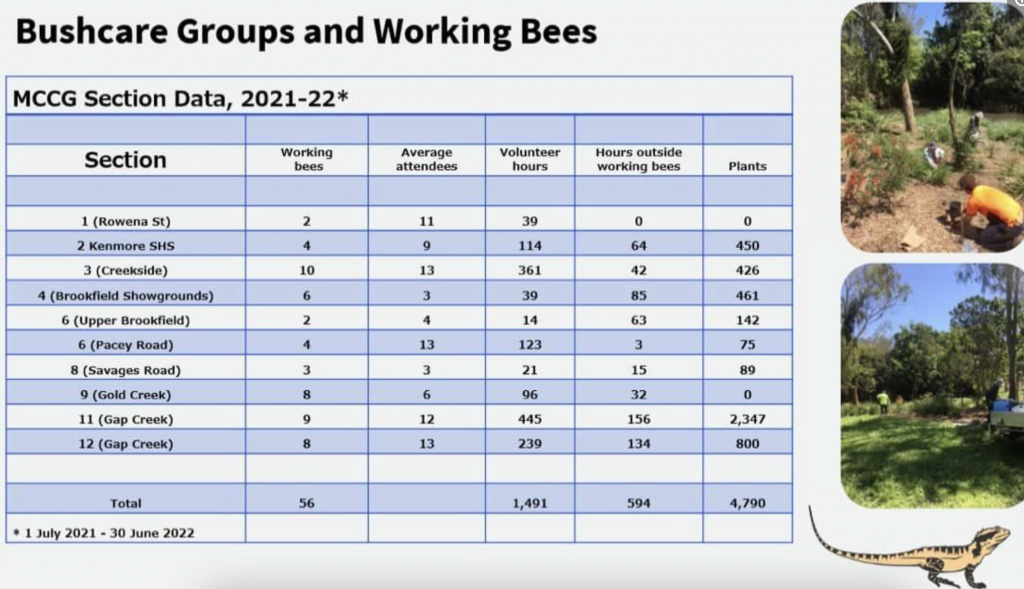
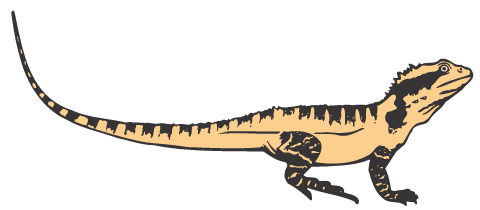
by mccgadmin





by mccgadmin
A big thank you to Hugh Possingham for leading about 30 people on a wonderful MCCG Bird Walk along the creek on the 7th of May! 48 species were identified along the Gap Creek track as we walked, observed and listened to a great display of biodiversity and resilience.
https://ebird.org/checklist/S136373018 Sign up to receive other great future event notifications.
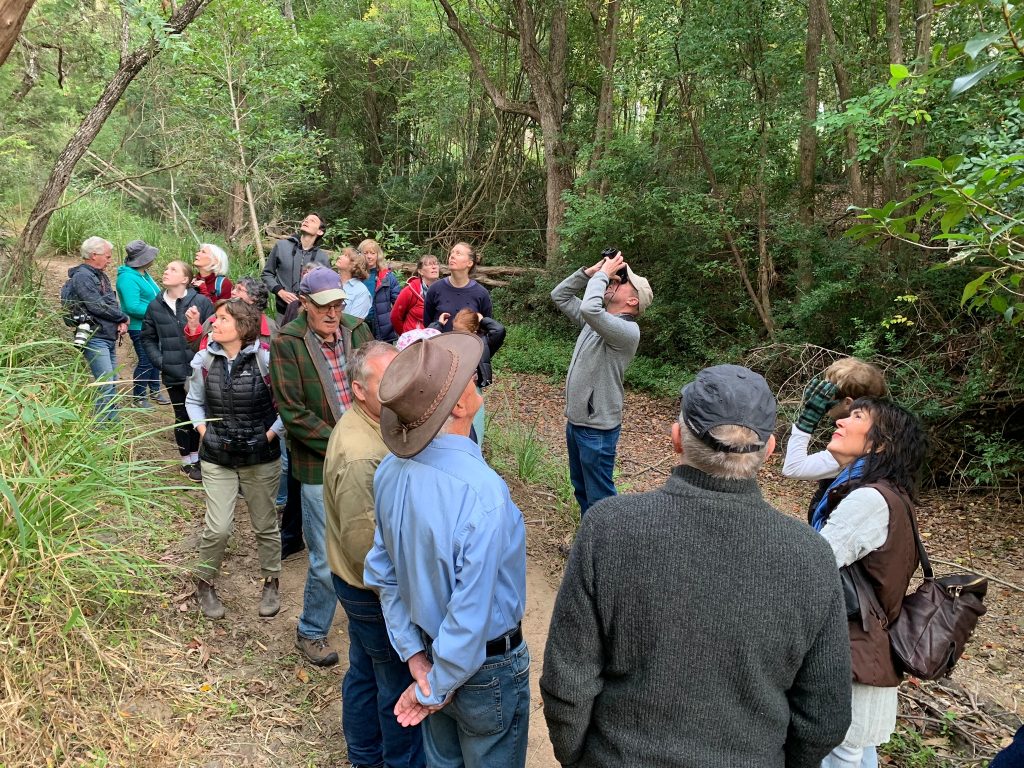
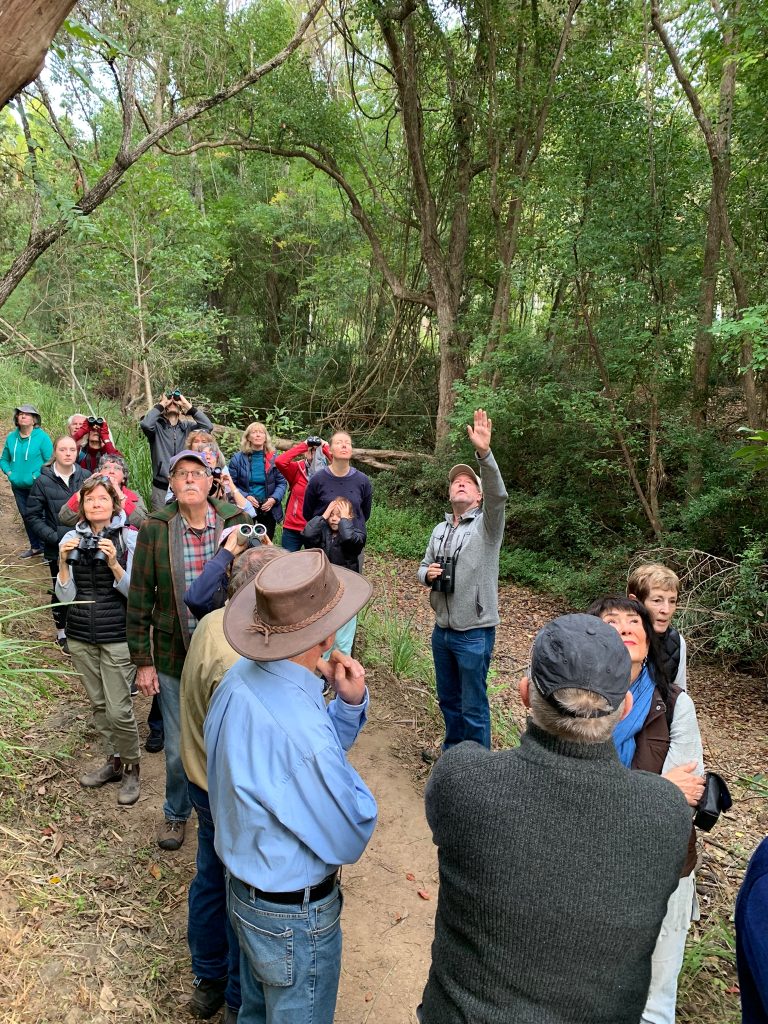

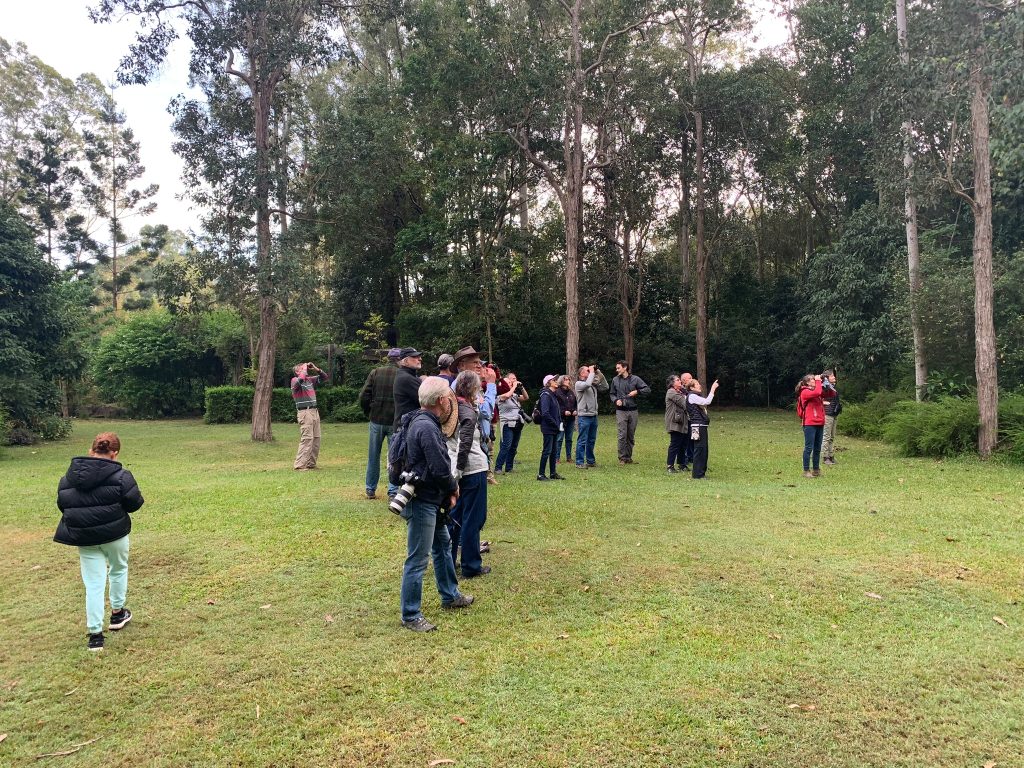

by mccgadmin
If you would like to read the recently updated MCCG Rules please go to the Governance page and click on the link for MCCG Rules.
by mccgadmin
How well do you know the local wildlife? You are invited to meet the Wildlife Identification Challenge!
CAN you identify these pigeons and doves of Moggill Creek using the Digital Field Guides?
Which of them has a specialised feather in its wing that makes a distinctive sound when it takes off?
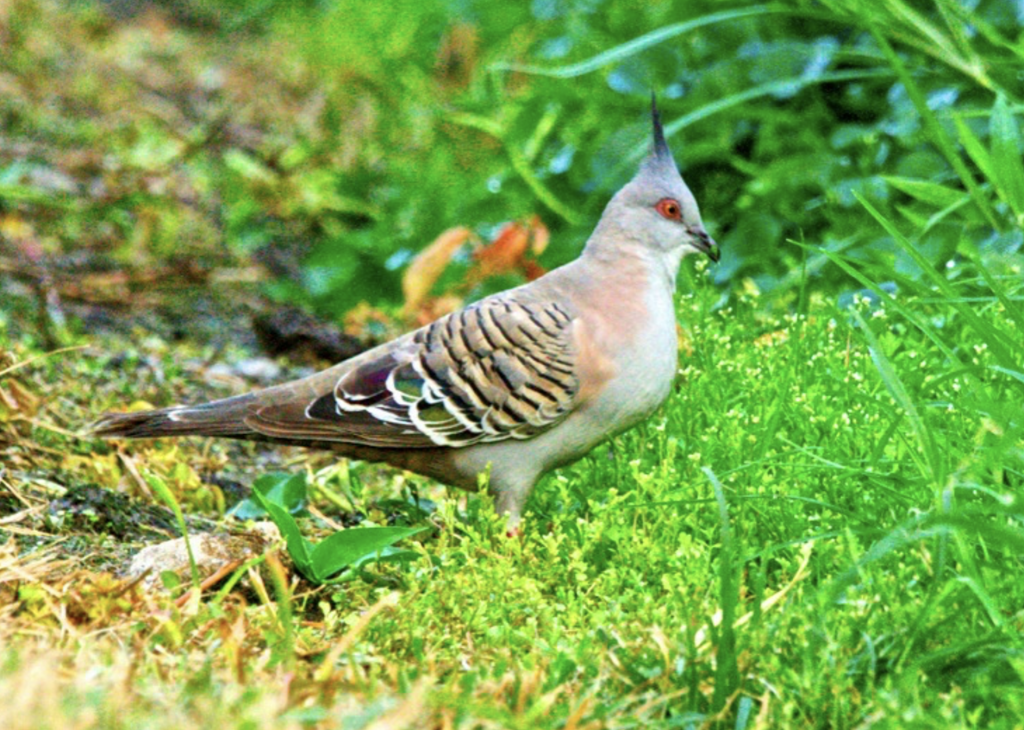
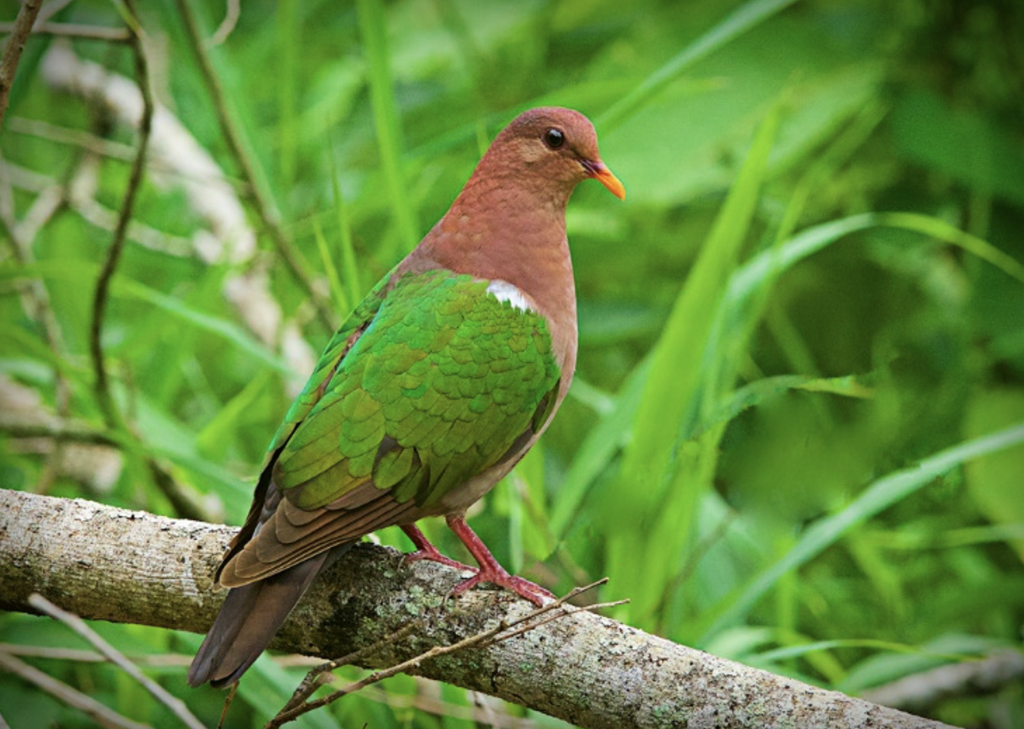
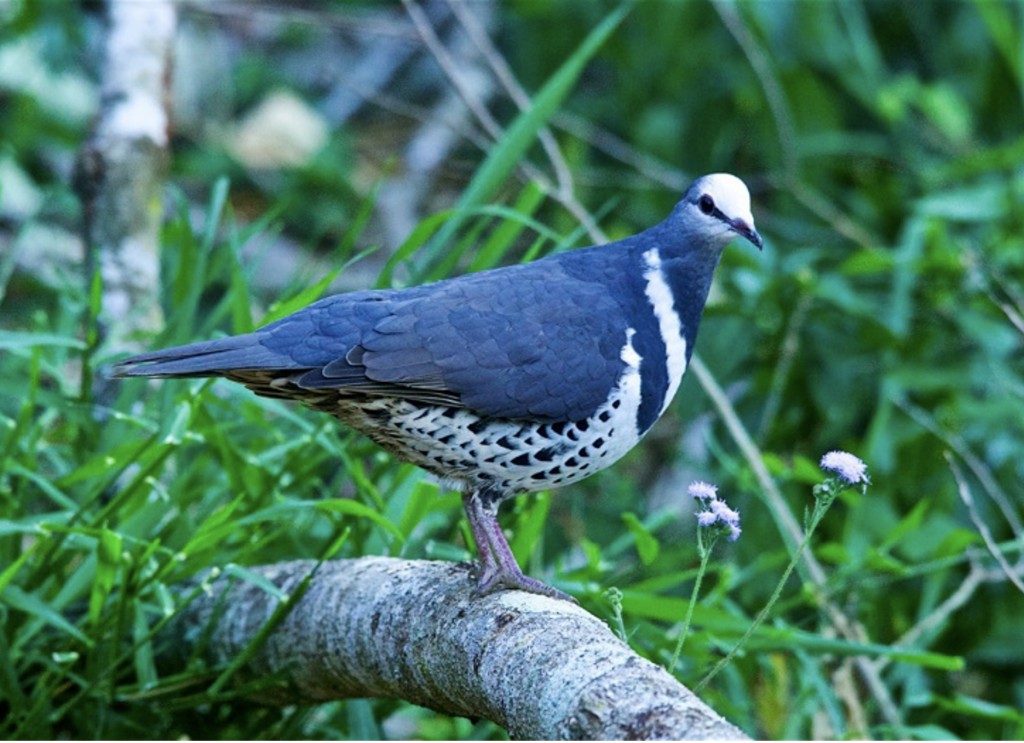
Answers:
Crested Pigeon (Ocyphaps lophotes)
Emerald Dove (Chalcophaps longirostris)
Wonga Pigeon (Leucosarcia melanoleuca)
The Crested Pigeon (Ocyphaps lophotes) has a specialised feather in its wing that makes a distinctive sound when it takes off.
All photos by Ed Frazer
Published in

by mccgadmin
The word “bug” has many meanings, often referring to just any insect, and even software glitches, but this one is a real bug, a member of the Insect Order Hemiptera. It is large (to 3 cm), has colourful nymphs (young stages) and in some years it can be found during summer on vines of Morinda (Gynochthodes jasminoides). The bug’s scientific name is a bit of a mouthful, Canungrantmictus morindana. They popped up in January this year on a Morindavine scrambling over a waist-high Banana Bush beside the MCCG’s Old Gold Creek Sawmill Walk at the end of Gold Creek Road, Brookfield. Looking a bit further we found them on several other morindas nearby and also on our own property about half a kilometre away. After hatching from eggs, presumably laid on the vine, the growing nymphs suck sap from the fresh tips of the vine, turning it black as it dies and making it easier to find the nymphs. Strangely, they usually hang upside down as they feed, and their underside is very pale grey, almost white, making them visible. Following the last moult, adults emerge to be two-tone brown and they don’t hang around for long; adults are seen much less often.
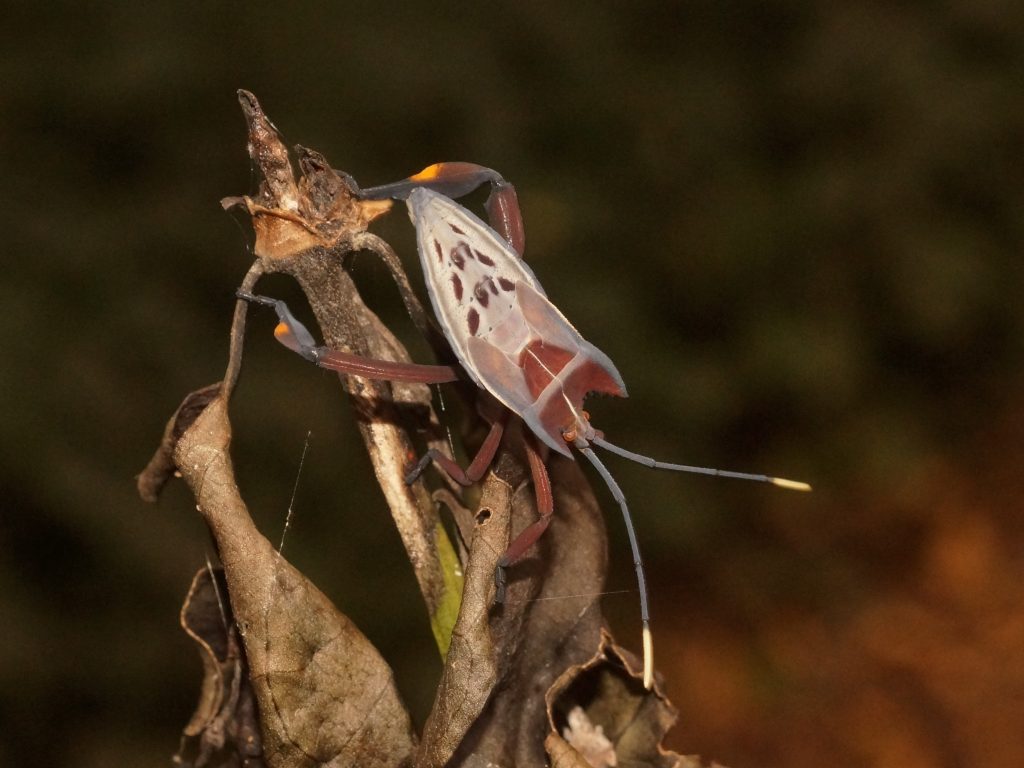
Despite being large and conspicuous they remained unknown until Geoff Monteith, a well-known Queensland entomologist, collected some near Canungra in SE Queensland in the 1980s. Subsequently Jan Grigg found them near the end of Gold Creek Road and later reported them in a side branch of the Carnarvon Gorge. As told in a 2004 article by Geoff in the Queensland Entomological Society Newsletter, the species was described formally and named in 2002 by Mexican entomologist Harry Brailovsky while visiting the Queensland Museum. The ‘mictis’ part of its name comes from it being in the Mictis ‘tribe’ within the Family Coreidae (the ‘tip wilters’). They are now known to have a much wider distribution, being reported from just north of Brisbane to Wahroonga in NSW and are apparently always associated with the same species of vine.
Gordon Grigg
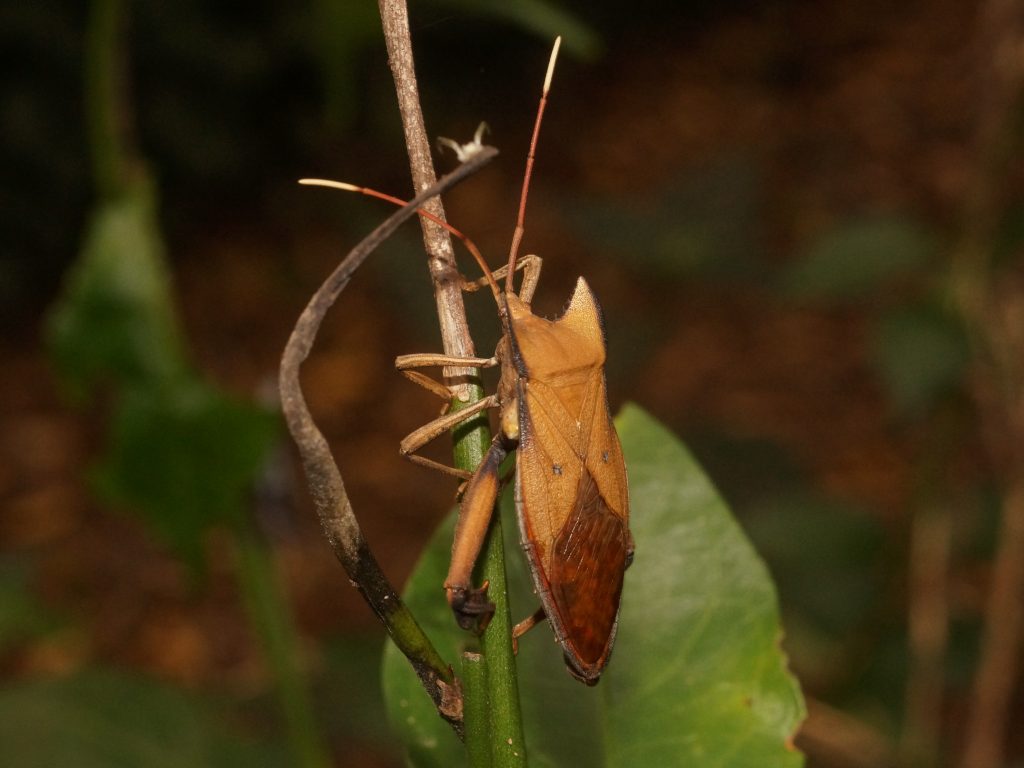
Published in

by mccgadmin
Maratus volans, commonly known as the Flying Peacock Spider, is a species of jumping spider found in the Moggill Creek catchment. It is known for its vibrant colours, intricate courtship displays and unique behaviour. Flap-like extensions to the abdomen can be raised or lowered rather like a Peacocks tail. These extensions were once thought to help the spider jump through the air, thus the name – Flying Peacock Spider. This has since proven incorrect, although these spiders are very impressive leapers.
M. volans is a very small spider, measuring only about 5 millimetres in length, with females being slightly larger than males. The male spider is famous for its elaborate courtship dance, which is performed to attract a female. During this dance, the male performs a series of movements, including waving his colourful legs, jumping, dancing, and vibrating, displayinghis bright iridescent coloration and raising the coloured flaps on his abdomen. The female spider is attracted to these displays, and if she is impressed, she will mate with the male. This behaviour has evolved over time as a way for the male to show off his genetic fitness and to increase his chances of finding a mate. The dance displays have proven very popular on social media and continue to enthral and entertain.
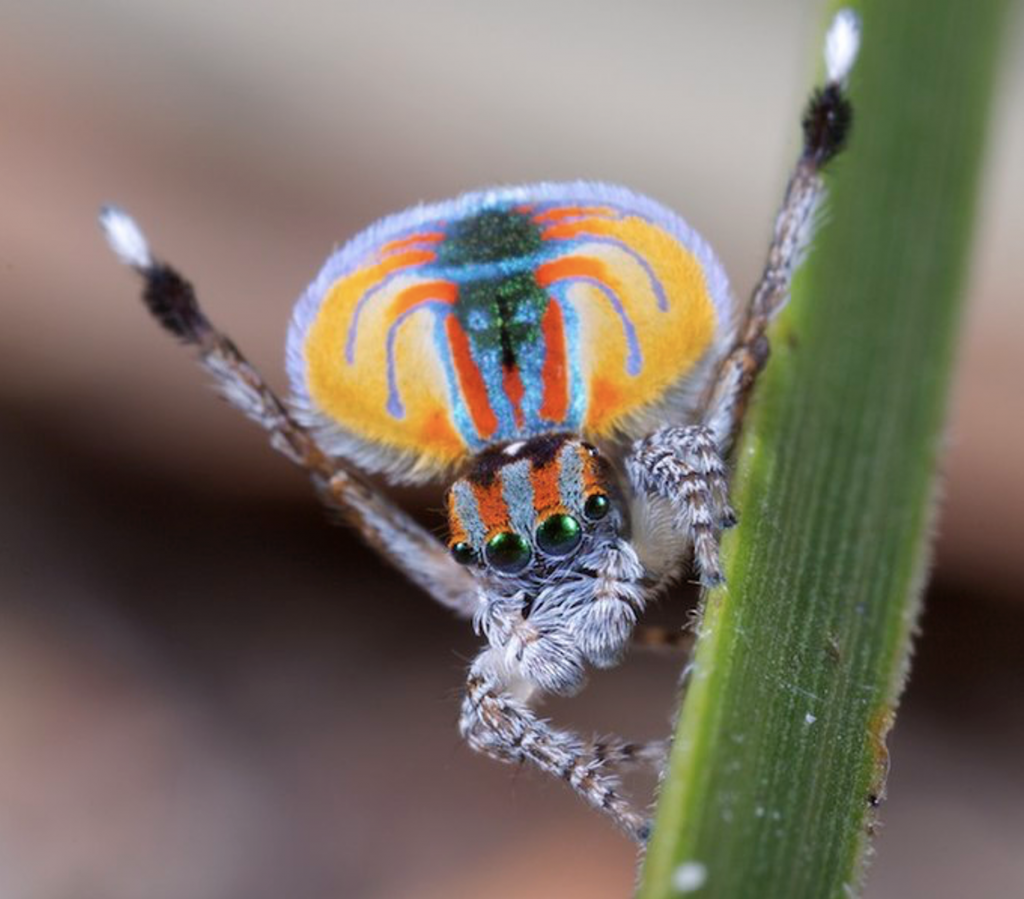
Male Flying Peacock Spider – photo Jürgen Otto
The body of M. volans is covered in a rainbow of colours, including shades of blue, green, yellow, and red – the result of structural coloration. The colours are produced by the way light interacts with and reflects from the spider’s exoskeleton. The vibrant patterns and colours of the male’s abdomen are used to signal to females during courtship and to ward off predators. The female, on the other hand, is more subdued in coloration and has a more compact body shape. Notably, these spiders have two large central black eyes (from their set of eight), which contribute to their charm, giving them an endearing, “pet-like” appearance.
Peacock spiders are found in a variety of habitats in Australia, including open woodlands, scrublands, grasslands and coastal forests from Gladstone, down to central Victoria. The Flying Peacock Spider is a solitary animal that primarily feeds on small insects, such as ants and flies. Despite its small size, the peacock spider is known for its agility, visual discrimination, and speed of response, making it a formidable predator in its habitat.
Thanks to improvements in digital camera technology, YouTube videos, and some intrepid and passionate arachnologists, after being virtually ignored by science for decades, Maratusvolans is now well-known and studied. Some credit this group of spider species with leading to a renewed popularity in entomology and arachnology (the study of spiders), as well as making spiders much-less feared and loathed creatures by the general public.
The careful and observant naturalist may spot this species in our catchment, usually in open spaces on the ground or in low vegetation. Known localities include areas near the Gold Creek Reservoir, the western slopes of Mt Coot-tha, and some well-vegetated parts of Brookfield. Despite its tiny size, no more than a large grain of rice, it is well worth searching for, but their tiny size often requires specialist photographic equipment to capture them in detail.
Sandy Pollock
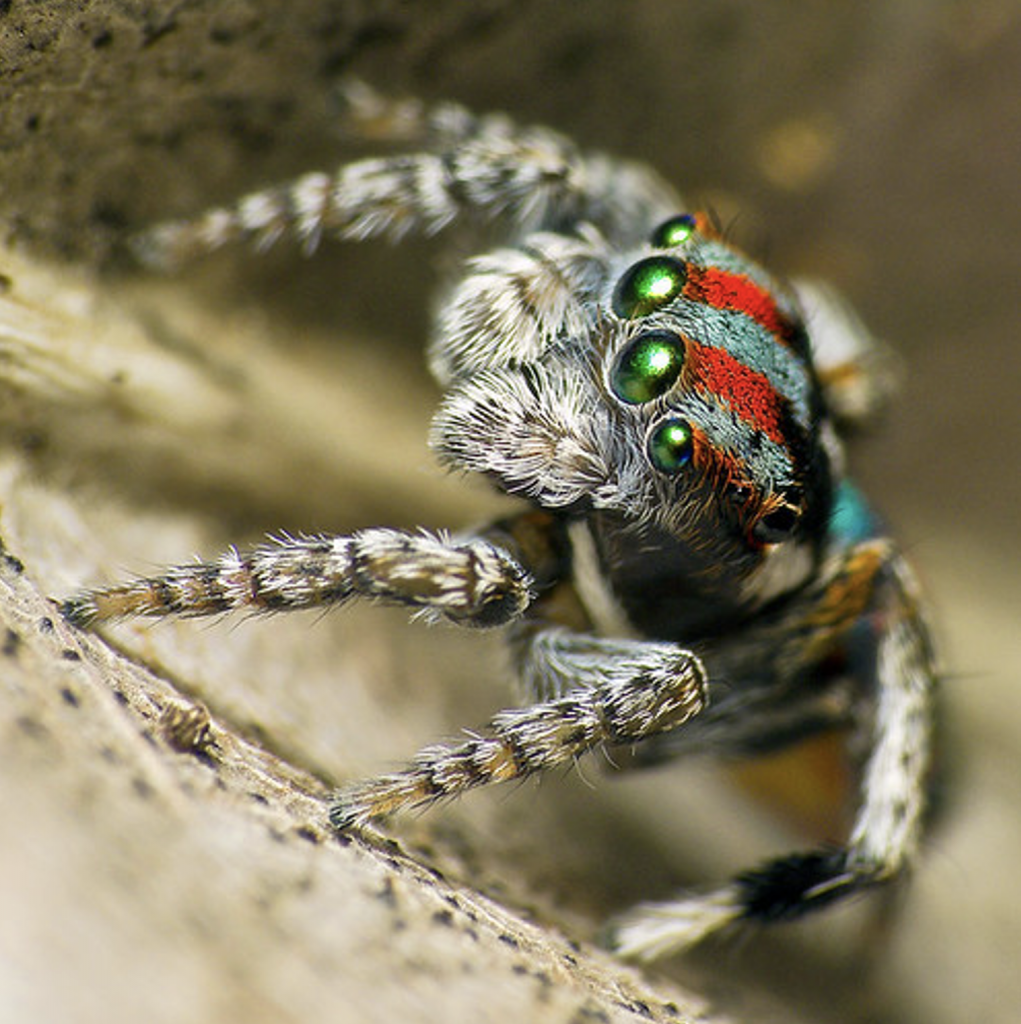
Male Flying Peacock Spider photo Robert Whyte
Published in

by mccgadmin
The Autumn newsletter is jam packed full of future and past events (Kids’ Day, Photo comp and the Sawmill Walk), threatened species, words from our wise columnists … Moggill Magic, Froggin’ Around and Bush Bites and of course the reports from our Chair, the AGM and so much more.
Grab a cuppa and sit back and enjoy another great read.
Remember, contributions from all members are very welcome and most appreciated.
by mccgadmin
It was third time lucky for the rescheduled grand opening of the Old Gold Creek Sawmill Forest Walk, officiated by Green’s MP for Ryan Elizabeth Watson-Brown on Saturday March 4th.
With opening remarks from MCCG Chairperson Sandy Pollock followed by the history of the walk from Gordon Grigg, and interesting and insightful words from our local member it was a well attended opening event.
Follow the link for more information on the Sawmill Forest Walk
Please enjoy the event photos, with thanks to Geoff Lawrence from Creative futures Photography
MCCG Chairperson Sandy Pollock, Green’s MP for Ryan Elizabeth Watson-Brown, Sawmill Walk founding member Gordon Grigg
With thanks to all the volunteers for making the event such a success.
by mccgadmin
by mccgadmin
Brisbane is reputed to be the only major city in the world in which a significant proportion (around 20% – 30%) of houses have the local apex predator living in their roof spaces! In the case of Brisbane, the apex predator is the carpet python (Morelia spilota). Carpet pythons can reach up to 4m in length and 15kg in weight and can live for around 20 years in the wild. They are non-venomous and catch their prey by constricting it and swallowing it whole. The medium-sized carpet python in the photo had caught a crested pigeon (Ocyphaps lophotes) in my garden and is in the process of swallowing it.
Carpet pythons have adapted well to the urban environment, finding roof spaces an excellent substitute for tree hollows, which have become less available over time due to urban expansion and tree clearing. Trees typically take 100 years or more to develop hollows and old trees are becoming increasingly rare, (which is a problem for many birds and animals that rely on tree hollows for nesting sites). Having a carpet python in your roof has benefits in that they are very effective in controlling rodents. However, the fact that carpet pythons swallow their prey whole can create a problem for them. Some years ago, while watching television one evening, I was disturbed by a loud noise from my balcony. It turned out that a very large carpet python (which I knew lived in the roof) was thrashing around and knocking over several pot-plants. It had caught and swallowed what was almost certainly a brushtail possum (Trichosurus vulpecula), as evidenced by a large bulge in the middle of its body. Unfortunately for the python (and my pot plants) this prevented it from re-entering the roof space through its usual hole, so it took over the balcony for several days, while digesting its prey!
In the outer western suburbs of Brisbane, the role of apex predator may be occupied by the lace monitor or tree goanna (Varanus varius). These can reach 2m in length and 14kg in weight. Unlike carpet pythons, lace monitors have a venomous bite. Previously it had been thought that bites by lace monitors were prone to infection from bacteria in their mouths resulting from eating carrion, but recent research has shown that all monitors may be somewhat venomous. Best to keep them out of your roof!
Photos and text: Jim Pope
Published in

